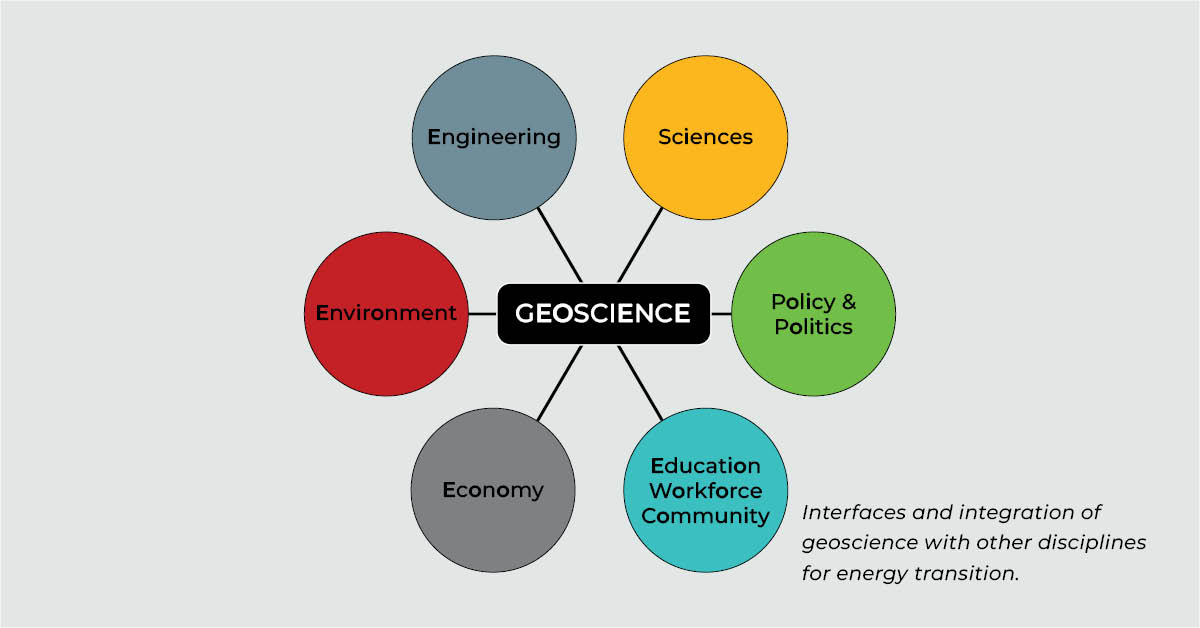Empowering Geoscience and Engineering Education for the Energy Transition.
Dr. Rasoul Sorkhabi, a CvEEN Research Professor, and Milind Deo, a Professor in the Department of Chemical Engineering and Director of the Energy & Geoscience Institute, are pioneering a transformative approach to geoscience and geoengineering education. Their work, recently featured in the prestigious “Issues in Science and Technology” magazine by the U.S. National Academies of Science, Engineering, and Medicine, seeks to position geoscience and petroleum engineering departments to be at the forefront of the energy transition movement.
In a changing energy landscape where petroleum engineering and geoscience employment has declined and program closures loom, Dr. Sorkhabi and Dr. Deo call attention to the importance of subsurface geoscientists and engineers in bringing the world towards a low-carbon future.
To preserve and revitalize these programs, they argue, universities can design curricula centered on energy sustainability and environmental responsibility. By offering core courses that focus on energy transition research and development, students can acquire the interdisciplinary skills necessary for adapting to the evolving energy sector.
Geoscientists and engineers are uniquely equipped to explore Earth’s interconnected systems in 3D and 4D, enabling them to play a pivotal role in shaping the future of energy. Their expertise can be applied to various domains, including critical minerals, carbon sequestration, hydrogen storage, and geothermal energy development.
Moreover, these programs can serve as models for fostering innovative collaborations between academia and industry, embracing interdisciplinary work, and addressing pressing societal and environmental challenges. By reshaping geoscience and engineering education to meet the demands of the future, it’s time to inspire a new generation of students passionate about sustainable energy solutions.
Read Drs. Sorkhabi and Deo’s full publication in “Issues in Science and Technology” here.

